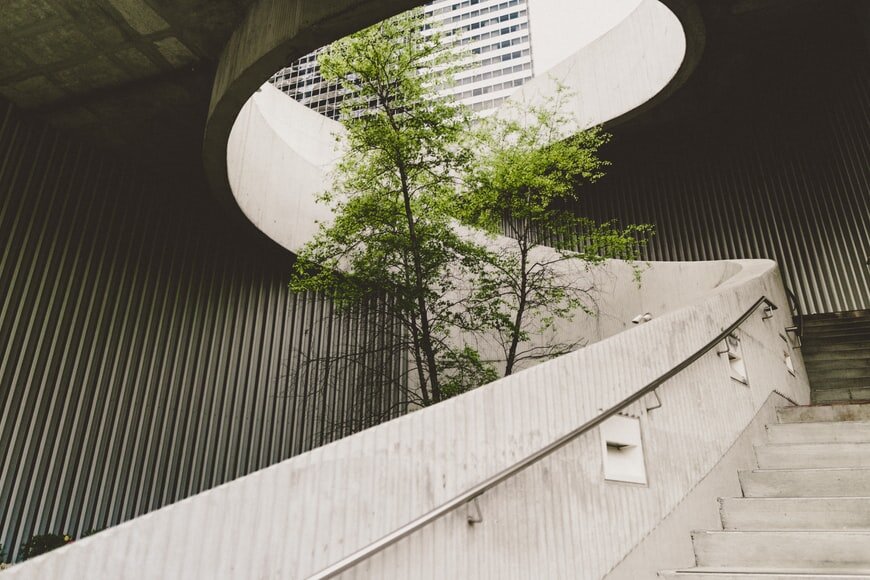Owning a pool is a dream for many homeowners. But maintaining a healthy and sparkling pool is an ongoing process that requires knowledge and attention. One of the most common pool care topics is learning how to lower pH and alkalinity in pool. Whether its for residential pools or public spaces, improper pH and alkalinity levels can lead to cloudy water, damage to pool equipment, and discomfort for swimmers.
In this guide, we will dive deep into the science behind pH and alkalinity, how they affect your pool water, and easy steps to bring them back to a balanced level effectively. If youre a homeowner or a real estate developer, this information will be invaluable to your pool-maintenance routine.

What Are pH and Alkalinity?
Before we discuss the practical steps, lets define what pH and alkalinity mean:
1. pH Levels in Pools
The pH level of water measures how acidic or basic it is on a scale of 014. For pool water, the ideal range is 7.27.8. Levels outside this range can cause irritation to the skin and eyes of swimmers.
2. Total Alkalinity
Total alkalinity refers to the level of alkaline substances in the pool. It acts as a buffer, stabilizing the pH. The optimal range for total alkalinity is typically between 80120 ppm (parts per million).
Why Is Balancing pH and Alkalinity Crucial?
- Protects Pool Equipment: High alkalinity and pH can cause mineral build-up and damage equipment such as pumps and heaters.
- Improves Water Comfort: Balanced pH levels ensure swimmers enjoy a comfortable and safe pool experience.
- Increases Effectiveness of Chemicals: Properly balanced water uses chlorine and other disinfectants more effectively.
Signs Your Pools pH and Alkalinity Are Out of Balance
1. Cloudy or Murky Water
When your pool turns cloudy, its often a sign of high alkalinity levels.
2. Scaling on Pool Surfaces
White deposits or scaling on the tile or along the waterline often result from excessive pH and alkalinity.
3. Skin and Eye Irritation
Low or high pH can irritate swimmers skin and eyes, making swimming uncomfortable.
Steps to Lower pH and Alkalinity in Pool
1. Test Your Pool Water
Always start by testing your water using a reliable pool test kit. You can use digital testers or test strips to measure the current levels of pH and alkalinity. A digital tester often provides more accurate results.
2. Use Muriatic Acid to Lower Levels
Muriatic acid is one of the most commonly used chemicals to lower both pH and alkalinity in pool water. Heres how you can safely add it:
- Mix the acid with a bucket of water to avoid a sudden pH change.
- Pour the mixture gently around the edges of the pool.
- Give it at least 2 hours before testing the water again.
Remember, always wear gloves and eye protection when handling acids.
3. Aerate Your Pool
After adding acid to lower alkalinity, aerating your pool helps bring the pH level back to normal without raising the alkalinity. Turn on your pool jets or add an aerator to introduce more oxygen.
4. Use Dry Acid as an Alternative
If you prefer not to use liquid chemicals, dry acids, also known as sodium bisulfate, can do the job. Follow the manufacturers instructions for safe use.
Preventing Imbalances in the Future
1. Regular Testing
Make it a habit to test the water at least weekly. This helps you address any minor imbalances before they become a major issue.
2. Maintain Proper Pool Care
Routine pool cleaning prevents contaminants that can disrupt your water chemistry. For tips on pool cleaning, check out this guide.
3. Understand Pool Stabilizers
To keep pH and alkalinity levels stable, using a stabilizer can help. Read more on pool stabilizers here.
Common Mistakes to Avoid
- Adding too much acid at once.
- Skipping aeration after lowering alkalinity.
- Using poor-quality testing kits.
Expert Tip: Leverage Professional Services
If maintaining a pool becomes overwhelming, consider hiring professional pool maintenance services. Experts ensure water chemistry is perfectly balanced, saving you time and effort.
FAQs
1. What Causes High pH and Alkalinity in Pools?
High pH and alkalinity often occur due to the overuse of pool chemicals, rainwater mixing, or adding untreated water to the pool.
2. Can I Swim After Lowering Pool pH?
Wait at least 2 hours after adding chemicals before swimming to allow the water to stabilize.
3. Is Baking Soda Safe for Lowering Pool pH?
No, baking soda raises alkalinity levels and is not recommended for lowering pH. Always use approved chemicals like muriatic acid or dry acid.

Conclusion
Maintaining your pools pH and alkalinity levels is key to keeping it clean, safe, and long-lasting. By following these practical steps and avoiding common mistakes, you can take control of your pools water chemistry like a pro. For more information about pool-related topics, read our article on filling a pool.
For advanced tips, visit this external resource.
This article contains affiliate links. We may earn a commission at no extra cost to you.




